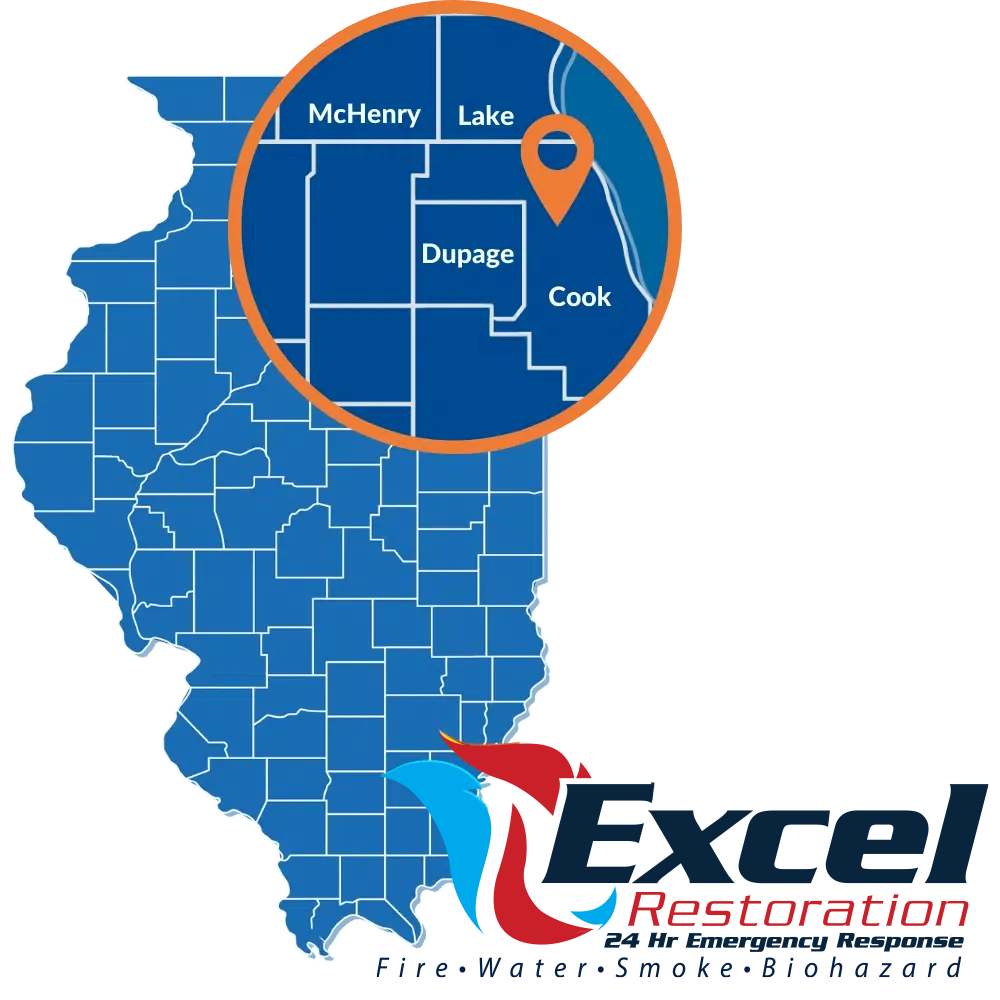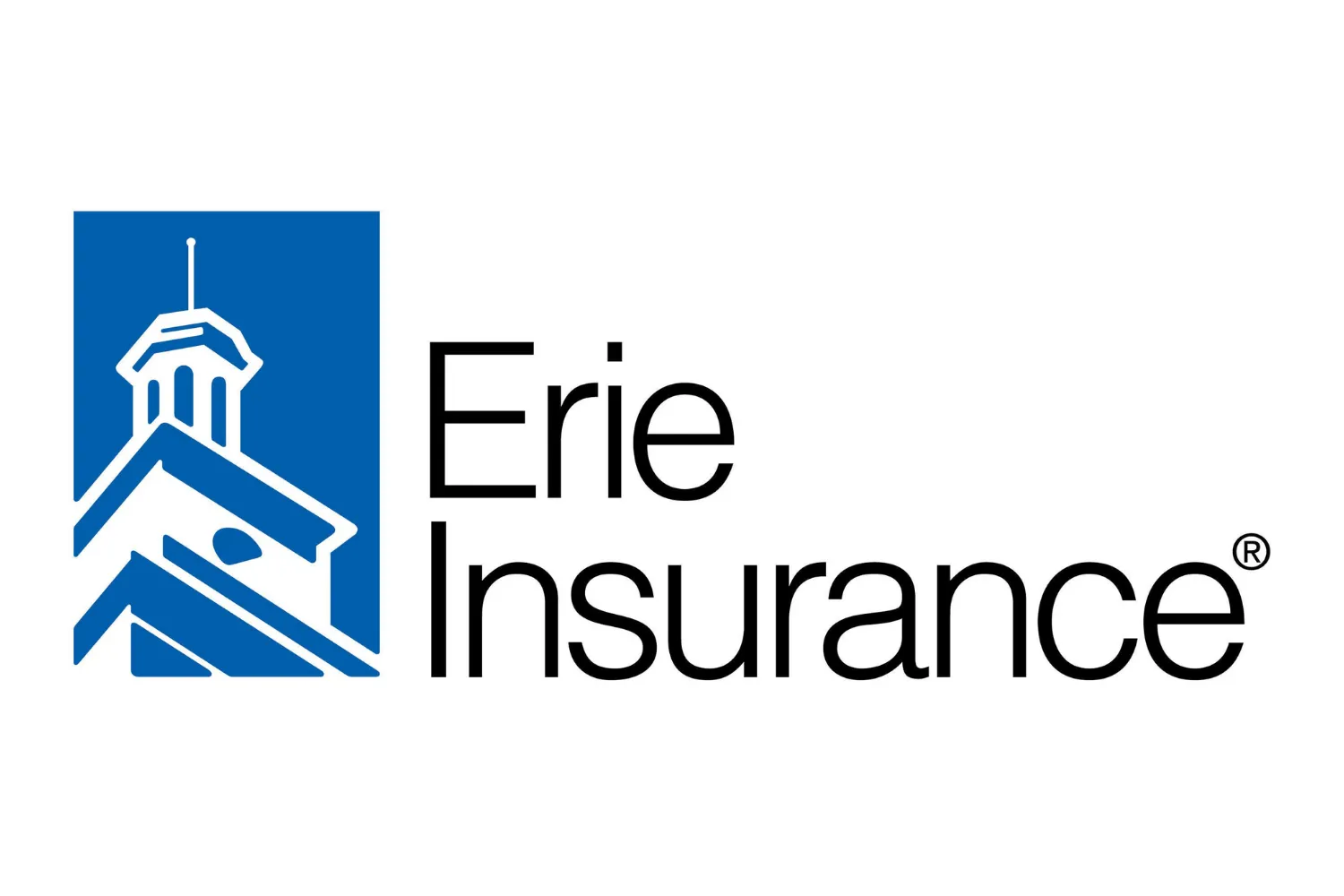Water damage in air ducts can be a result of many different things. When water enters the air duct system, it is going to spread throughout your home and may cause extensive structural damage if it is not stopped immediately. Air duct water removal is important, but you shouldn’t try to do this on your own. Excel Fire And Water Damage Restoration Services is a full-service company that offers a wide range of fire and water damage restoration services. They have been in business for years and can evaluate your situation, offer you options, and help you achieve the best possible results given the current circumstances.
In this blog post, we will share some information about water removal from air ducts, why it is important, how it can be done, and who you should hire to accomplish this task.
Learn More About Water Removal Out Of Air Ducts
How Does Water Get Into The Air Ducts?
Moisture in the air ducts is a typical problem. Water can readily enter the air ducts due to a leaking roof or damaged pipes. The ductwork put on the roof frequently lacks a watertight seal, allowing moisture to enter through the joints and into the internal ducts and vents. Moisture in air ducts can also be produced by moisture accumulating near air conditioning system cooling coils. Condensation is to be expected in such circumstances. The air temperature within the HVAC is colder than the surrounding air, causing condensation to form.
Newer, more sophisticated HVAC systems are outfitted with devices that remove excess moisture and prevent ducting damage. Condensation problems can still occur as a result of poor HVAC installation, insufficient air duct service, and malfunctioning equipment. Flooding can also cause moisture to accumulate inside the air ducts. Flooding is a known hazard throughout the United States at all times of the year. Flooding is caused by the following
- flash floods
- river floods
- ice jams
- snowmelt
- and dam breaches.
- One of the most prevalent sources of floods is rainwater.
When HVAC systems are installed at ground level, the equipment is vulnerable to rising floodwaters. When flood water infiltrates the coils, fans, and chambers, they become filthy. To properly reuse the system, the numerous components and cavities necessitate skilled air duct cleaning or replacement by water removal specialists.
What Are The Dangers Of Moisture Buildup?
Mold development is the most serious issue when there is water inside the air ducts. Mold spores can multiply in 48 hours under optimal circumstances. Mold may develop with only an organic food source, moisture, and warm temperatures. The air ducts supply all of the nutrients required for a mold infestation.
Mold spores that have colonized the air ducts are quickly dispersed throughout the house via the vents. The mold spores become airborne and settle on furniture, carpets, and clothing, exacerbating the indoor mold problem. Indoor air quality suffers as well and mold inhalation can cause health issues.
Aside from mold growth, moisture inside the air ducts can lower the R-value of the insulation. Water compresses the insulation over time, making it less effective. As the R-value of the insulation declines, homeowners may expect greater electric costs and energy loss.
Finally, moisture inside the air ducts can cause water damage to the walls, ceilings, and roof. Excess moisture can cause corrosion or deterioration in certain materials over time. If left ignored for an extended length of time, structural deterioration might jeopardize the building’s structural stability.
What Methods Reduce Moisture Buildup?
Long term remedies target the cause of the moisture problem, which is located within the air ducts. A leaking roof or water pipe, for example, should be fixed as soon as possible. If the humidifier is set too high it is best to turn it down. Essentially, seek for origins of moisture and address them as soon as possible.
The hygrometer is a gadget that may help homeowners determine the amount of humidity within their home. As thermometers, the hygrometer employs one wet bulb and one dry bulb. The relative humidity is calculated by comparing the temperatures of the two thermometers. Unusual levels warn homeowners that there is a problem.
If the furnace and dryer vents are clear of leaks and all other systems are in excellent operating order, the next step is to place a dehumidifier near places where condensation gathers. Condensation inside the ducts reduces when the dehumidifier pulls moisture out. Unwanted moisture is also kept out by sealing off unneeded A/C ducts. This is due to the dampers not airtight, just blocking the supply and return vents is useless. Instead, cut foam board insulation to fit the ducts and insert it inside. Alternatively, cover the ducts with plastic sheeting.
Consider insulating an uninsulated attic. Insulation keeps condensation from forming on chilly ducting. Standard duct insulation is sufficient to protect the air ducts from chilling and condensing. Another method for preventing condensation is to circulate heated air via disused ducts. Water in the air ducts is a dangerous condition that may be remedied by contacting a professional air duct cleaning business. Technicians scour the air using HEPA air scrubbers and hydroxyl or ozone generators to remove germs, mold spores, and residual smells.
Call a Professional Water Removal Company
The air purifying procedure of Excel Fire And Water Damage Restoration stops the HVAC from recirculating mold contaminated air via the ductwork and into the residence. The method guarantees that the interior air quality is good and breathable for the residents of the property.
Wet air ducts endanger the structural integrity and indoor air quality of your property. When you notice moisture in your air ducts, it is critical to contact a water removal specialist. This might be due to a recent flood, condensation, or any of the other factors listed above.
A Professional Water Removal Company
A team of IICRC certified water removal specialists can handle any degree of water damage in your home or business. They act swiftly to prevent water damage from spreading to other areas of the home or business property. To remove excess water, their innovative methods involve the use of water removal equipment. Trained professionals install powerful dehumidifiers and drying equipment to extract moisture trapped in furniture, flooring, and building materials. In addition, they will clean and repair the damaged region. They will deal with your insurance provider during the claims process once the water removal procedure is completed, allowing you to focus on other things. Finally, you can look forward to mold free air ducts that are clean and dry.
A Water Damage Restoration Company Serving Illinois
Contact Excel Fire And Water Damage Restoration Services now at (224) 212-1217 for 24 hour basement water damage restoration, fire damage restoration, or mold treatment, or receive a quick quotation from our website. Our water removal expert will get to your Illinois home or business in 30 to 60 minutes.
Here’s an Insider’s guide to Basement Water Damage.


















